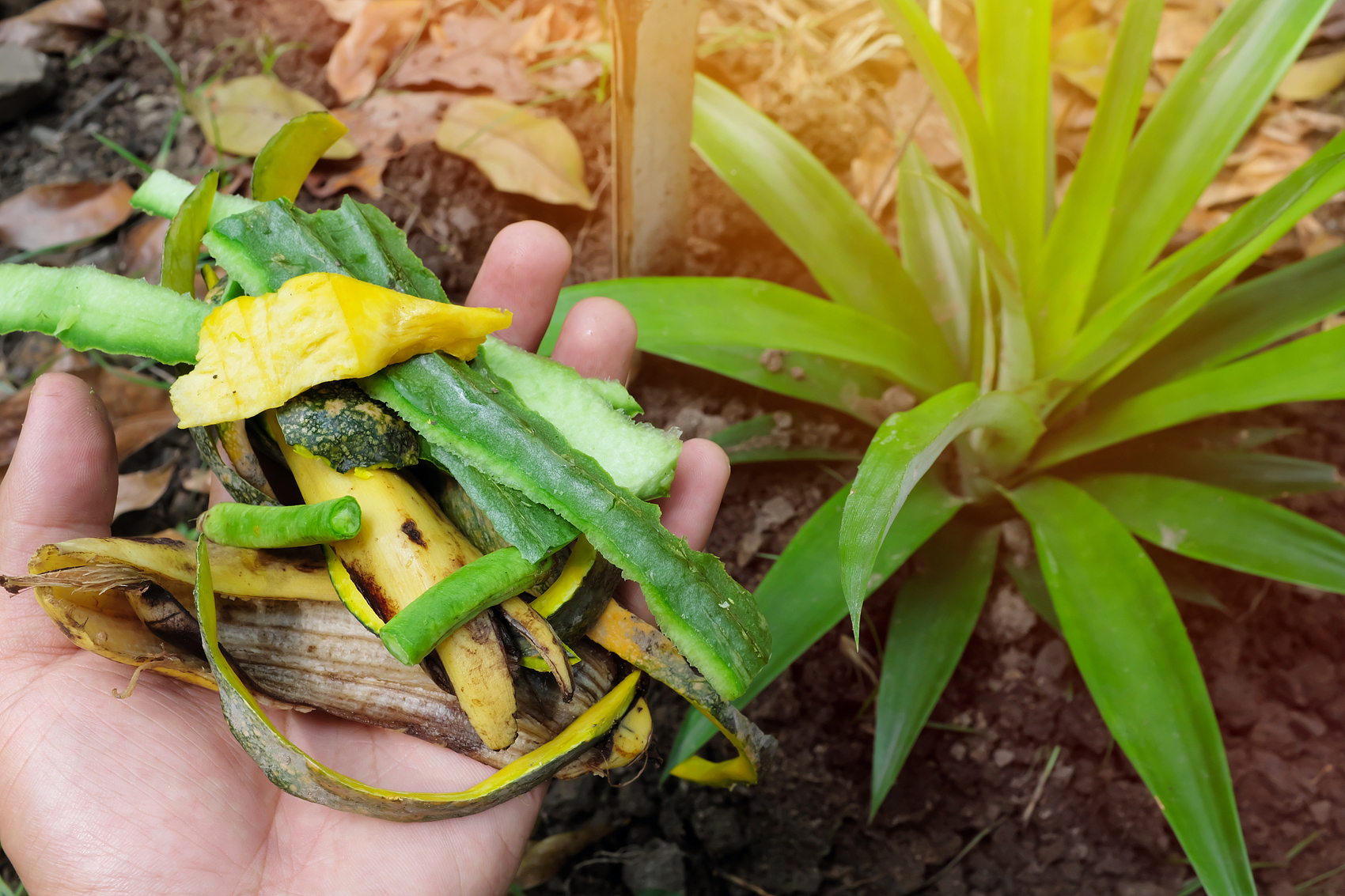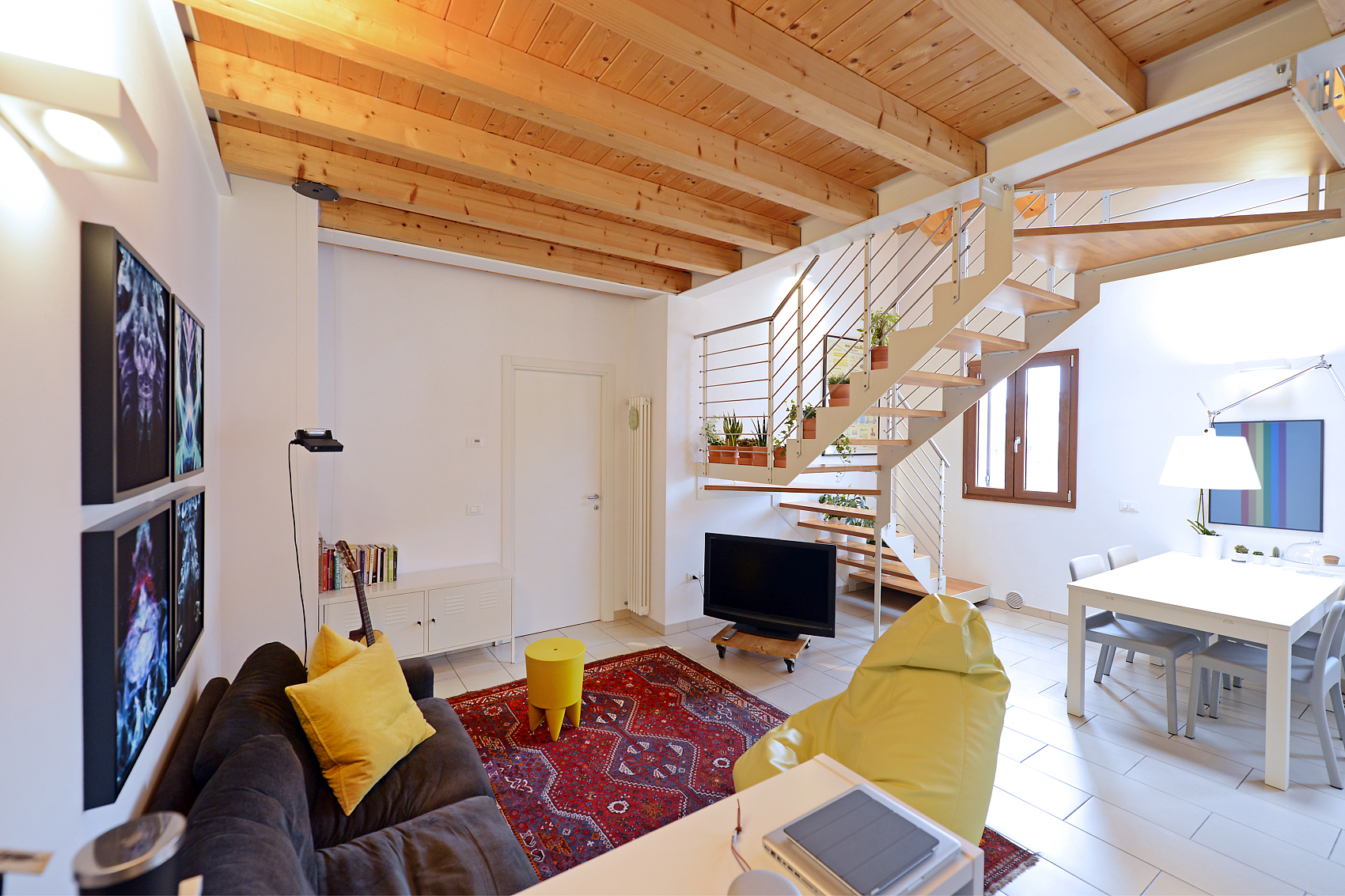As the weather cools and the leaves start to fall, many of us grab a rake to tidy up our yards. But what if, instead of cleaning up, we left the leaves where they are? There’s a growing movement called “Leave the Leaves,” which encourages homeowners to do just that. October is even National Leave the Leaves Month, aiming to raise awareness about this simple change in yard care. Here’s why leaving your leaves could be one of the best things you do for your yard this fall—and how you can do it while keeping your space looking great.
Leaves Help Wildlife Thrive
At first glance, fallen leaves might seem like just a mess to clean up, but they actually play a crucial role in supporting local wildlife. According to naturalist David Mizejewski from the National Wildlife Federation, the leaf layer is a vital habitat for thousands of species. By leaving your leaves where they fall, you’re creating a haven for many animals like birds, box turtles, frogs, salamanders, and insects like fireflies, bees, and butterflies.

This leaf litter is especially important for pollinators, many of which are declining due to habitat loss. “Leaving the leaves helps invest in the next generation of pollinators,” says Clay Bolt from the World Wildlife Fund. Bees, moths, and butterflies—whether in egg, pupae, or adult form—use the leaf layer to stay warm and protected during the colder months.
Beyond pollinators, moths are an essential food source for birds, particularly during the spring when birds feed their young. By leaving your leaves, you’re not only helping pollinators but also ensuring that birds have the insects they need to thrive. If you love having birds in your yard, leaving the leaves is a simple way to support them.
Leaves are Nature’s Mulch and Fertilizer
Leaves aren’t just good for wildlife—they’re also great for your plants. Matt Jones, a horticulture expert at North Carolina State University, explains that when leaves break down, they enrich the soil by releasing important nutrients. Additionally, like mulch, leaves help retain moisture in the soil, which is particularly helpful during dry spells. By using leaves instead of buying mulch, you save money and still get all the benefits.
Reducing Pollution and Fighting Climate Change
Leaving the leaves also plays a part in reducing pollution and fighting climate change. When leaves are sent to landfills, they decompose without oxygen and release methane, a greenhouse gas. By keeping leaves in your yard, you’re reducing methane emissions and your overall carbon footprint. Plus, you’re using fewer gas-powered leaf blowers, which helps cut down on air pollution.

Tips for Leaving the Leaves
If you’re on board with the “Leave the Leaves” movement but still want to keep your yard looking tidy, here are some tips to help you get started:
- Rake Leaves Into Garden Beds
Instead of letting a heavy layer of leaves cover your lawn, rake them into flower beds or around trees, aiming for a depth of about 3-5 inches. This helps protect your plants while giving the leaves a purpose. You can also tidy up the edges for a more polished look. - Add a Sign
If you’re worried about your neighbors’ reactions, consider placing a small sign explaining why you’re leaving the leaves. When people understand that you’re supporting local wildlife, they’ll be more likely to appreciate your efforts. - Mulch or Compost Excess Leaves
If you have more leaves than you can use in your garden beds, mow them down into smaller pieces. This will help them break down faster and fertilize your lawn without suffocating it. You can also compost leaves to create nutrient-rich material for your garden. While mulching or composting doesn’t benefit wildlife as much as leaving the leaves in place, it’s still a better option than sending them to a landfill. - Shrink Your Lawn
Reducing the size of your lawn can also benefit the environment. Instead of trying to grow grass in shady areas under trees, let the leaves naturally accumulate to create a wildlife-friendly space. The more we mimic nature, the better we support the ecosystem.
By making these simple changes, you’re not just improving your yard—you’re also helping to create a healthier, more vibrant environment. This fall, consider leaving your leaves where they are, and when spring arrives, take your time with yard cleanup to give overwintering wildlife a chance to emerge. With these small efforts, you can make a big impact right outside your door.













